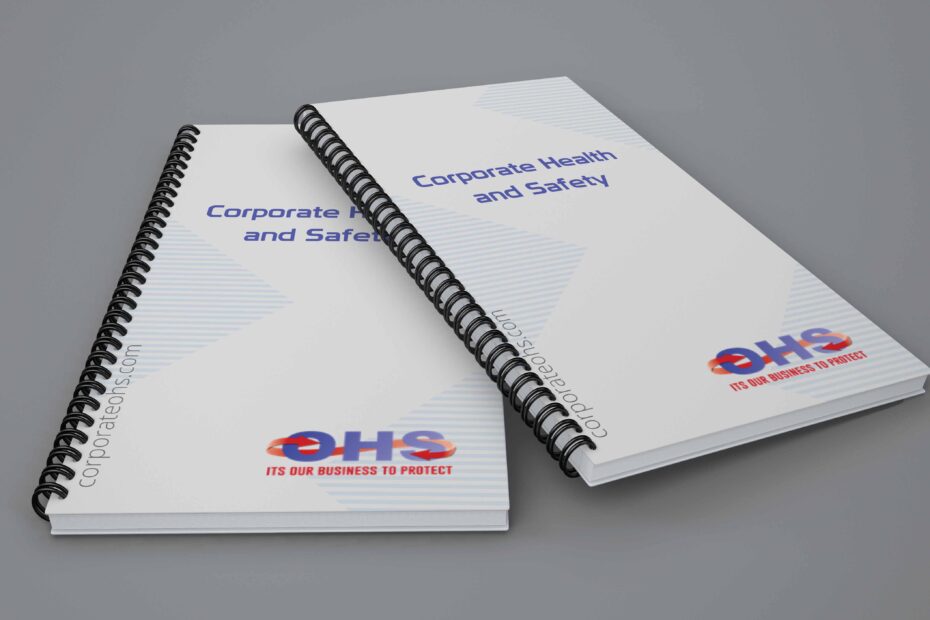When it comes to health and safety management systems, at Corporate OHS we are predominantly approached by clients who want their systems to be developed to internationally accredited standards. These include; ISO 45001:2018 Management of Health and Safety. ISO 14001:2015 Environmental Management. Or, ISO 9001:2015 Quality Management.
However, we are also sometimes called on by clients who want their management system written to incorporate local UAE Federal HSE laws and regulations only. With the addition of relevant Emirate specific legislation. Such as OSHAD if the client operates in Abu Dhabi. Or TRAKHEES if the client operates in JAFZA.
Sometimes the client asks for the health and safety management system to be written with even more specific boundaries in mind. Such as, to match their major client’s auditing protocols. Or, in line with the wording of a particularly high value contract that they have won.
As part of the Corporate OHS consultation process, we listen carefully to our client’s requirements and the drivers. To understand what is leading them to wish to develop and implement an effective HSE risk control system.
Sometimes part of our job though as expert Consultants who have worked with a multitude of companies over the years. Is to advise against the client’s initial thoughts which may be too narrow. Serving to merely “plaster over” the presenting problem. Not actually fixing or managing the real risk within their activities. Or, putting the client in a position where their immediate issues are fixed for the now. But leaving them exposed to having bought a bunch of generic paperwork only. Not properly aligned to their needs or business, or, having to pay all over again for a new system when legislations change again in the near future, as their business expands, or their activities change.
If you are a company thinking of writing and developing a new HSE management system. Whether by utilising your trained and experienced house resource or via an external expert Consultant, here are some of the crucial elements which you need to consider:
What risks do I need my health and safety management system to cover?
At a minimum, your company’s health and safety management system should cover:
- An assessment of the company work activities and areas of particularly high risk
- Working with employees to undertake risk assessments; identifying all significant hazards, evaluating these hazards, and recommending adequate control measures
- Development of safe systems of work and standard operating procedures to control specific work activities – not only to help to safeguard workers but also to provide a demonstrable framework that allows the company to prove it’s a commitment to complying with health and safety law
- Development of a reporting mechanism to address any OSH issues raised by employees
- Development of emergency procedures, including evacuation plans, ensuring that if an emergency did occur then there was a response plan in place for workers to follow
- A training element should be given to both workers and management on the significant hazards/areas of concern identified in the risk assessments, and the control measures required to conduct work activities safely and without risk to employees health and safety
What commercial factors do I want my health and safety management system to assist with?
In addition to keeping your staff and assets safe and the robust management of risk, factors that all companies need to consider are:
- Most tenders now ask for proof of the health and safety management system that you are utilising and will want to view your documentation. Even if it is just to know that you are compliant with local legislation; such as OSHAD if you are operating in Abu Dhabi
- More and more awarding companies however are asking for proof that suppliers have developed, implemented, and had accredited, health and safety management systems to international standards. Such as ISO 45001:2018
- As client procurement processes are getting more stringent, in order to retain existing contracts companies may now be subject to audit. Including their HSE procedures and systems
- That they need to ensure that they are currently and will and remain compliant with Federal and Local HSE law. To avoid unwarranted attention from UAE enforcing bodies such as OSHAD, TRAKHEES or Municipality Inspectors
Would an integrated management system suit my needs better?
For some companies, in particular smaller ones with less risk to manage. Developing an integrated management system often works out to be the most economical option. Also one which small numbers of staff with perhaps lower levels of HSE knowledge find easiest to work with. The system can be developed in such a manner that the individual elements can be written to the internationally accredited standards. Then successfully taken to certification when and if so wished.
Future proofing your system
At Corporate OHS we are always mindful of client’s budget. We want to help them to work in the most economical manner possible. We help clients look at their HSE issues holistically. This can sometimes educating them how making short term savings and/or solving immediate presenting problems only. Such as failing a client site audit or being unable to tender for a lucrative contract. Could often work out far more expensive in the long run and is often only delaying the inevitable if not handled in the correct manner.

